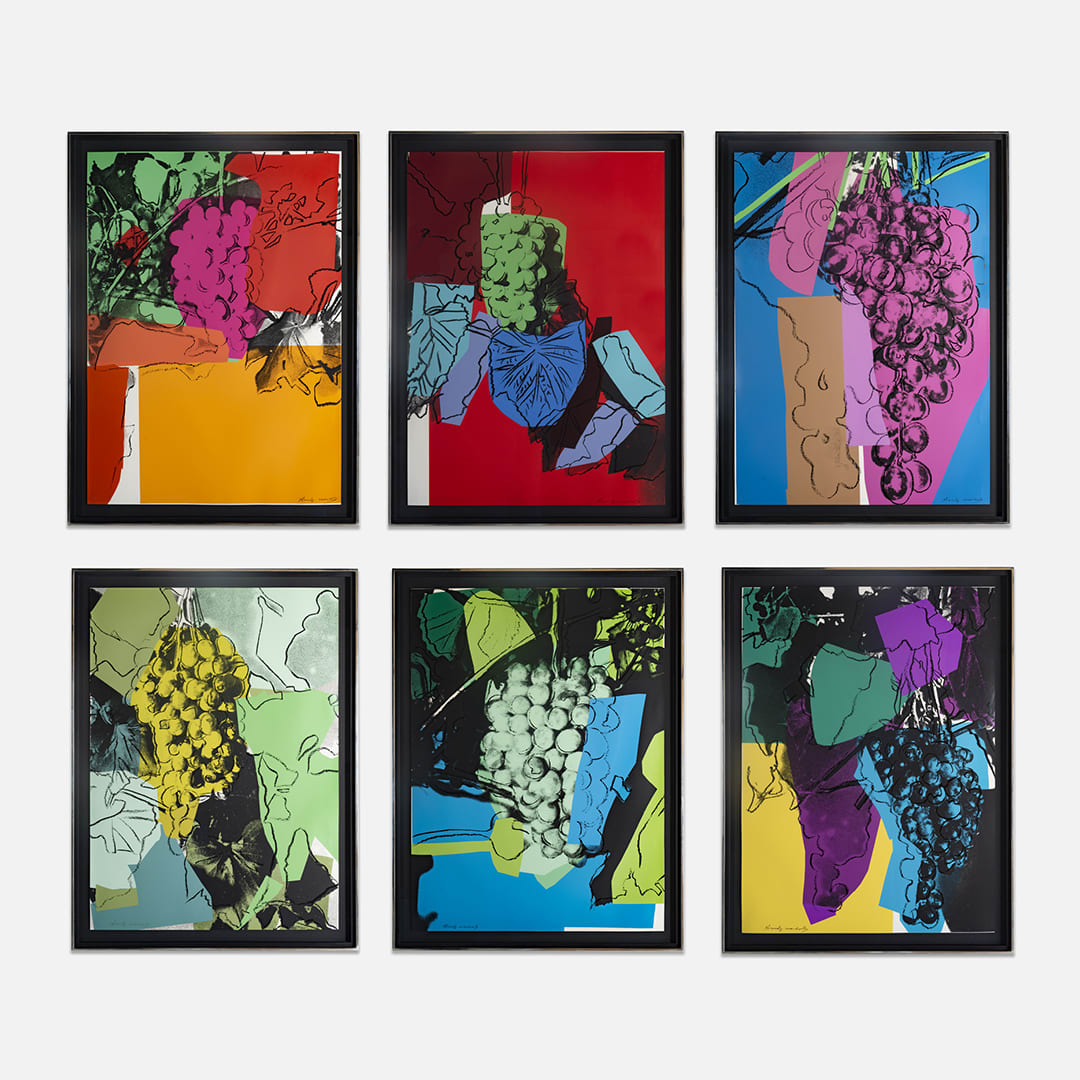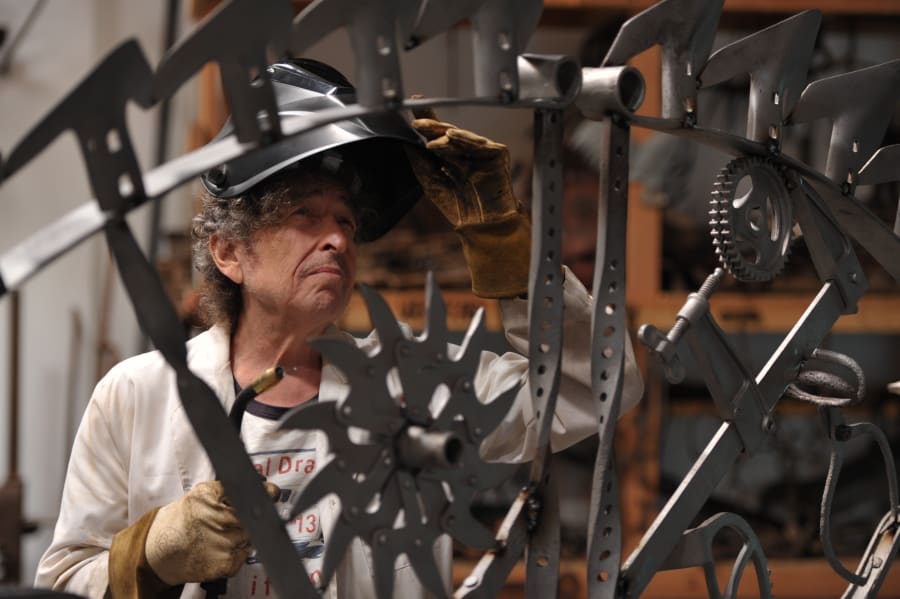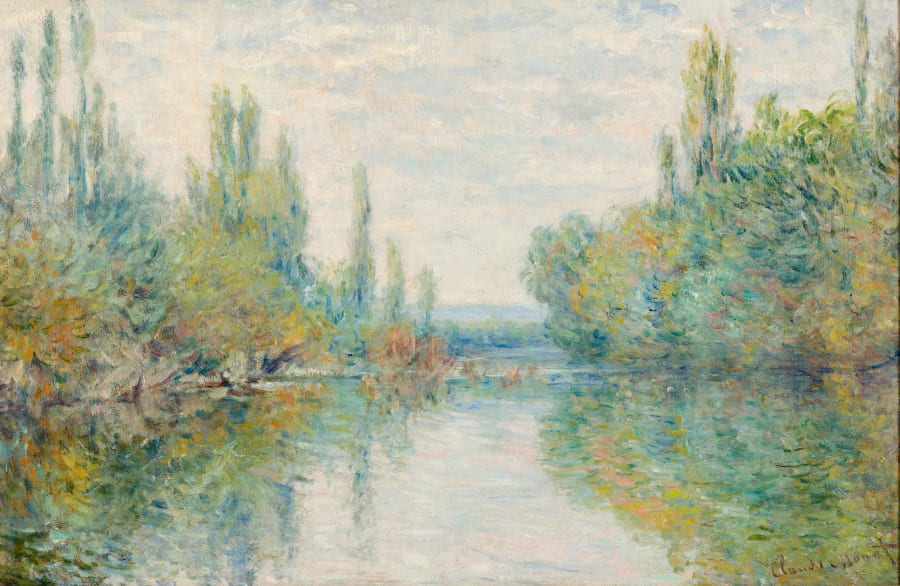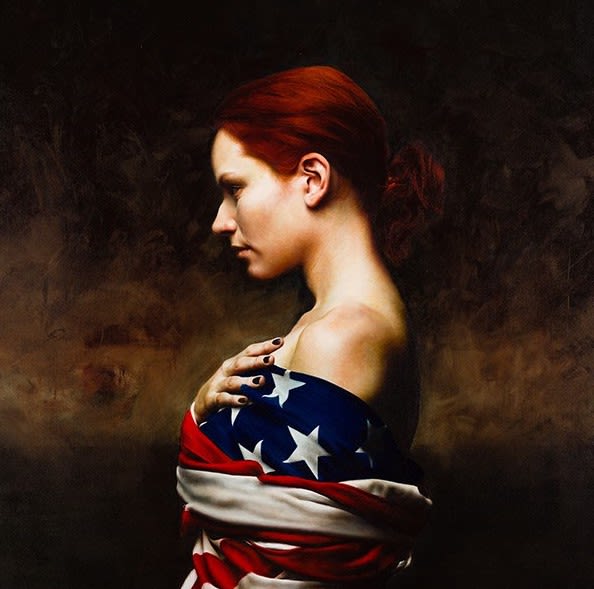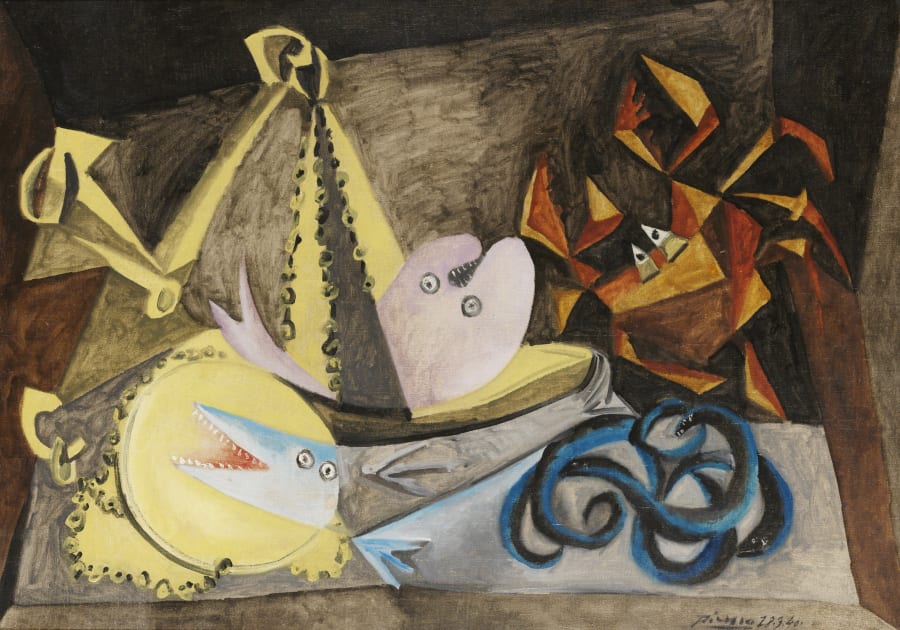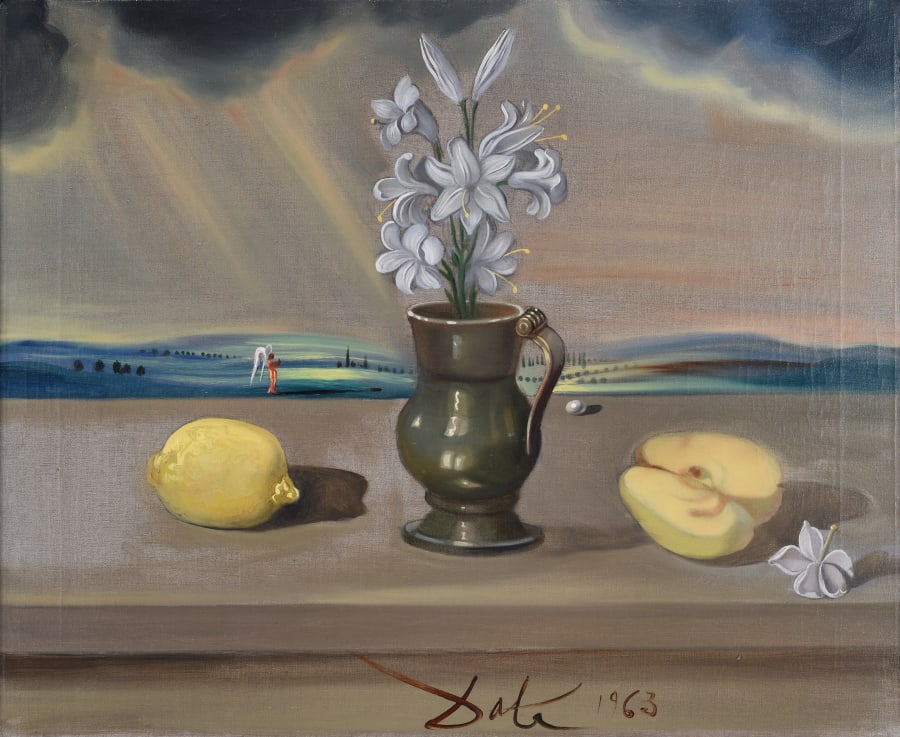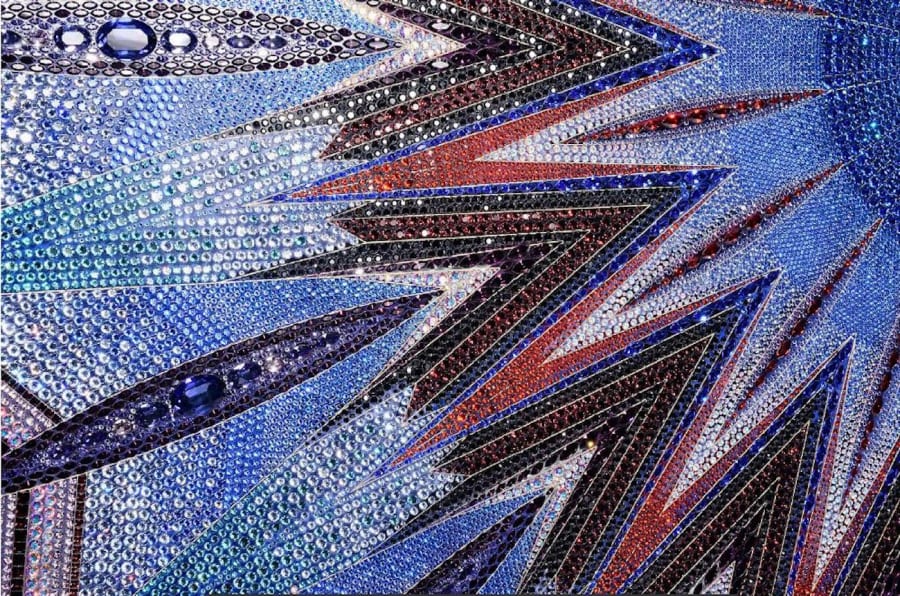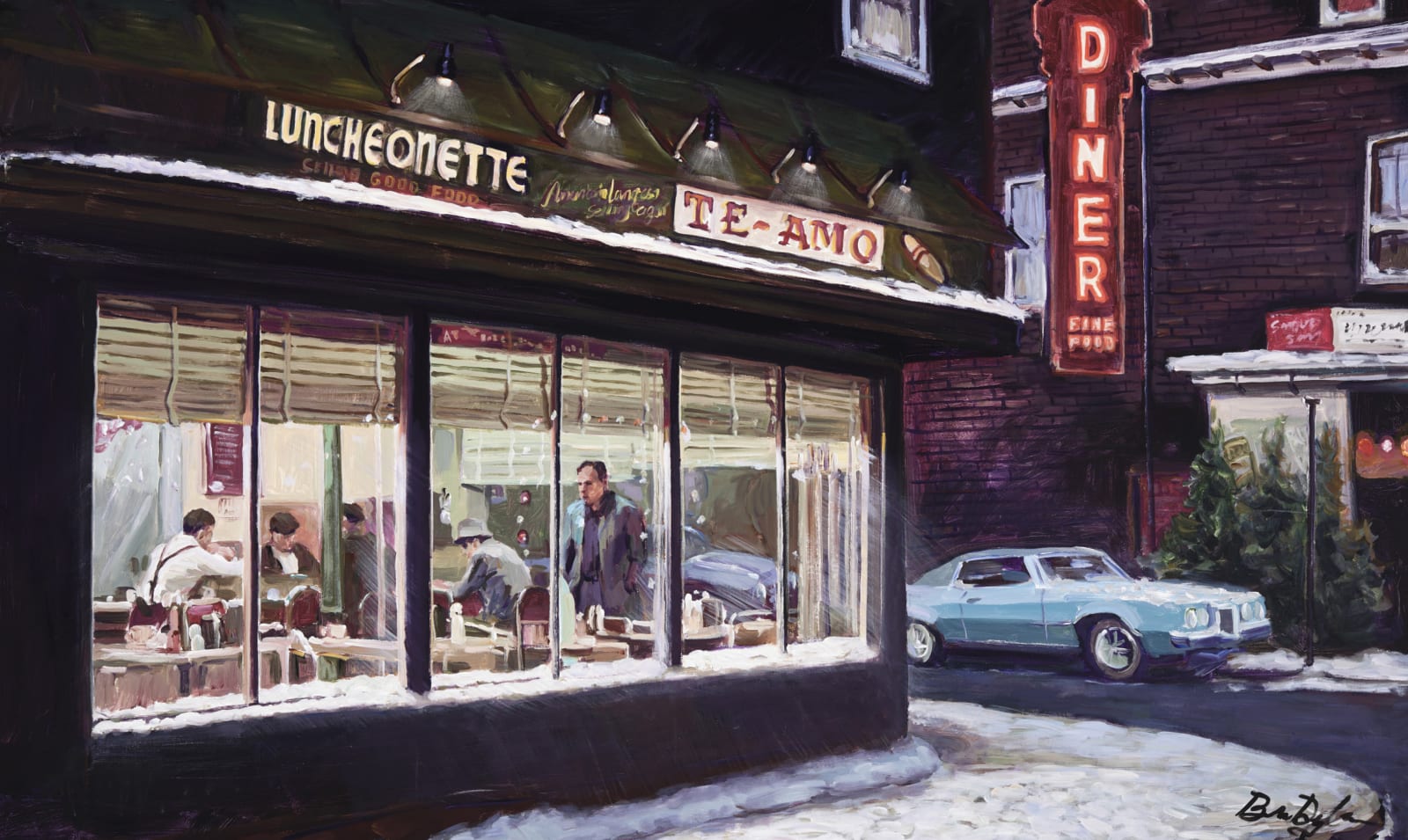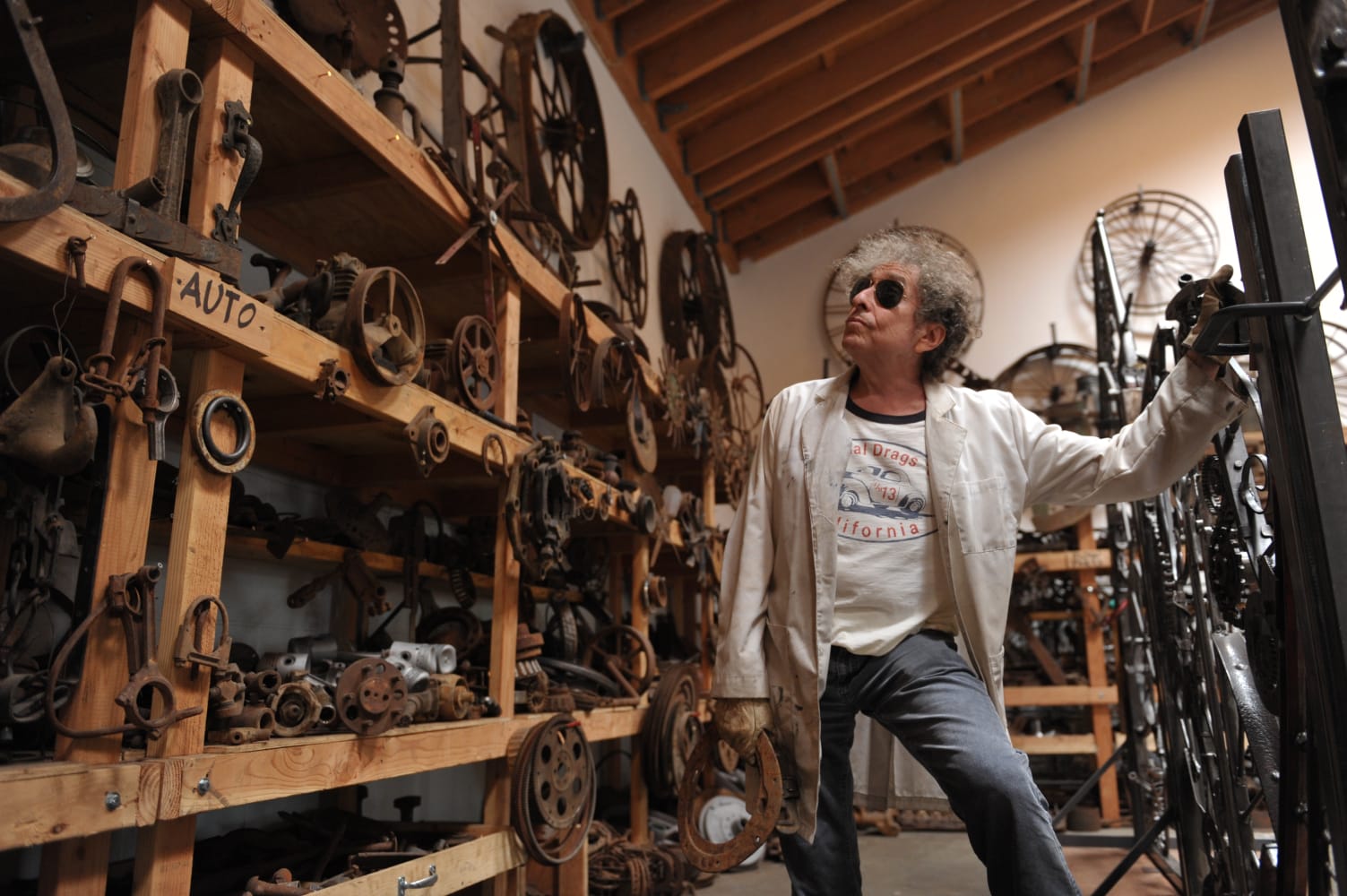

Collecting Guide: The Silkscreen
Andy Warhol (1928 – 1987) explored the intersection between art and commerce like no other artist in history. Beginning his career as a commercial illustrator, his transition to contemporary artist was marked by the depiction of everyday products such as Campbell’s Soup cans, Brillo boxes and Coca-Cola bottles.
Discover more about Andy Warhol's Silkscreen method. If you are interested in adding to your collection, speak to an art consultant now.
Use as an Artistic Medium
In the 1960s, the Pop art revolution took hold and artists such as Robert Rauschenberg, Peter Blake and Andy Warhol looked to ephemeral images printed on magazines, posters and newspapers as the basis for creating art that tapped into what was current in Western culture. The silkscreen process provided these artists with a way of combining source images in their artwork with the flexibility to reimagine them, warping faces and imbuing photographs with a vibrant range of colours. In doing so, they elevated the silkscreen from its primarily commercial function to a medium for artistic expression, paving the way for subsequent generations to explore its creative possibilities. Today some of the world's leading artists have embraced the medium as a part of their practice, including David Hockney, Yayoi Kusama and Banksy.




